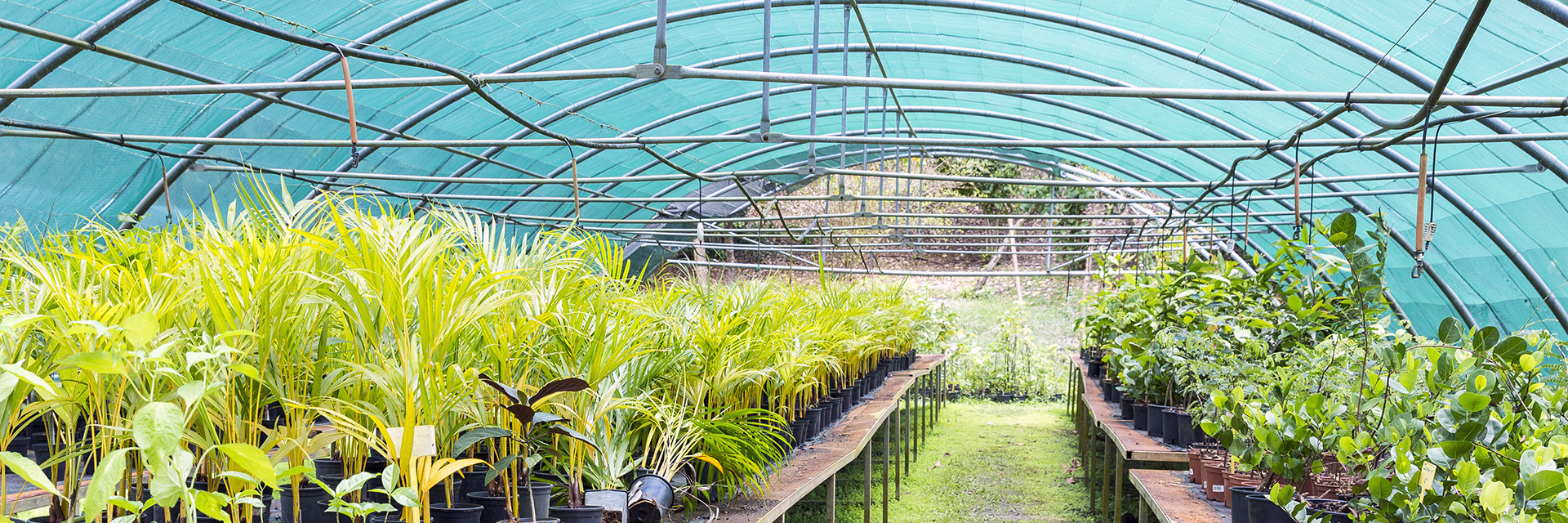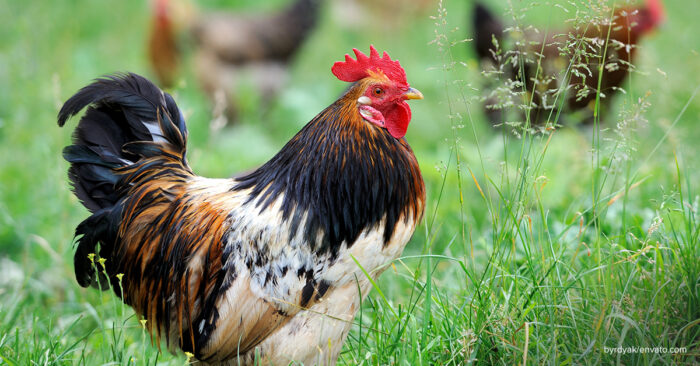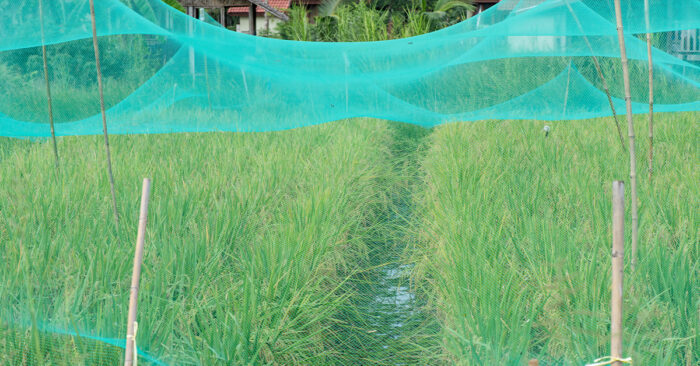One common mistake most plantitos and plantitas usually make is deprive their plants of proper shade. While a good number of low maintenance plants or ‘sunlight plants’ can withstand the heat from the sun for long hours of the day, most will still have a better chance at thriving with the right balance of light and shade. This is simply because the quality of sunlight your plants get greatly affects how they grow.
Being empathic with your plants may not be enough to determine whether they are getting the proper amount of sunlight that they need. As people, we can manage heat stress easily by quenching our thirst with some refreshments or by carrying an umbrella as we walk the street at high noon. Plants on the other hand need a regular number of hours under the sun and that also depends on which type of plant you’re trying to grow.
Read on to know more on how the harsh rays of the summer sun can affect different types of sunlight plants and how you can prevent them from withering due to heat.
Creating the perfect sunbathing environment for your plants


Like us, plants enjoy being sun-kissed from time to time too! Of course, never too much. The sun’s light and heat contribute significantly to how your plants grow though excessive exposure to both may also give them some unwanted damage including dehydration, the emergence of potentially harmful free radicals, or even bad oxygen that can prove to be deadly for them.
Try observing how the sun’s rays strike your garden at lower angles during the earlier hours of the day and later on in the afternoons after 3PM. Such sensitive perennials like begonias, sedums, or marigolds prefer to sunbathe during these hours of the day rather than be hit directly by sunlight from noon to early afternoon. So, it would be best to set up some quality shade nets such as those manufactured by trusted providers like Philippine Ranging Nets to balance off the light and heat that your sun-hating plants receive throughout the day.
Now, when it comes to such shade-loving plants like hostas, primroses, or coral bells would prefer to bathe under some sunlight coming in from the North which is usually lesser in terms of heat intensity than that from the South. If that’s too much science for you, you can simply determine which parts of your yard or garden has access to some direct sunlight yet still have more shade throughout the day, then place your shade-loving plants right there!
Also, keep in mind that seasons change and with them the sun’s direction so try to transplant your sun-sensitive plants to other areas of your garden with less sunlight during summer. You can put them back in their original places right before summer ends when the sun’s arc is much lower and emits reduced light intensity. By simply studying how light and shadows play around your garden throughout the seasons, you can best determine which place your plants will thrive all year round.
Knowing the different light intensities in your garden
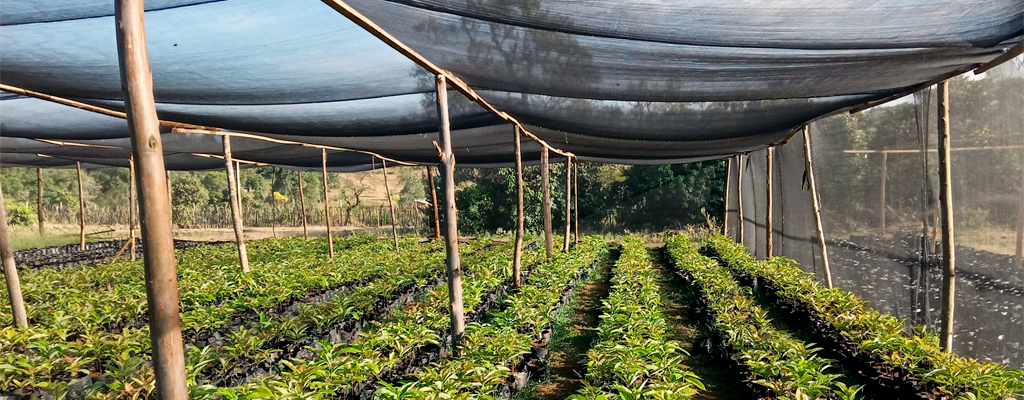

As we’ve discussed earlier, different types of plants need different types of sunlight and heat. Sunlight plants that thrive under the sun all day such as yarrows, shasta daisies, and purple coneflowers get more benefits under a full sun area where they can get around 15 hours of light and heat a day.
However, other sunlight plants like your common vegetables will only need six hours of direct sunlight a day, while partial shade plants like your coral bells, soapworts, or bluebells will need only three to six hours.
Shade nets are again necessary for plants that need minimal sunlight such as plantain lilies and primroses, as well as those that require full shade such as sweet alyssums, red and violet fuschias, begonias, and ivy. Check out various types of shade nets from Philippine Ranging Nets and learn more about their uses.
With this many varieties, the big question is always how you’ll know if you have the proper amount of light and heat for a particular species.
If you notice that your plants’ flowers and foliage easily turns into bleached out colors, then they certainly are getting too much sunlight for comfort. Leave them under the sun directly and you’ll soon have scorched leaves that curl on the edges and wilted.
On the other hand, if your plant seems shorter than its average growth size and quite frail-looking, then that means it’s not getting enough sunlight. Placing such types of plants in the shade too long will turn their foliage into pale and limp leaves and reduce flowering. Worse, they become more prone to mildew and other plant diseases that can make things more difficult for you.
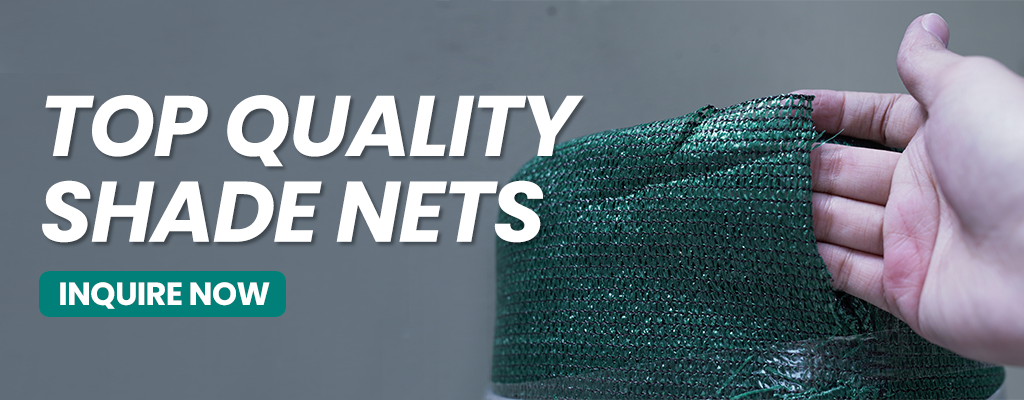

As you may have noticed, your main weapon against the adverse effects of sunlight on your plants are shade nets. Get quality shade nets by sending Philippine Ranging Nets an email at [email protected] or call +63977 007 0228 for your orders.
Check out Philippine Range Nets and our line of greenhouse shade net products by sending us an email at [email protected] or by calling +63977 007 0228 for orders and more information!

